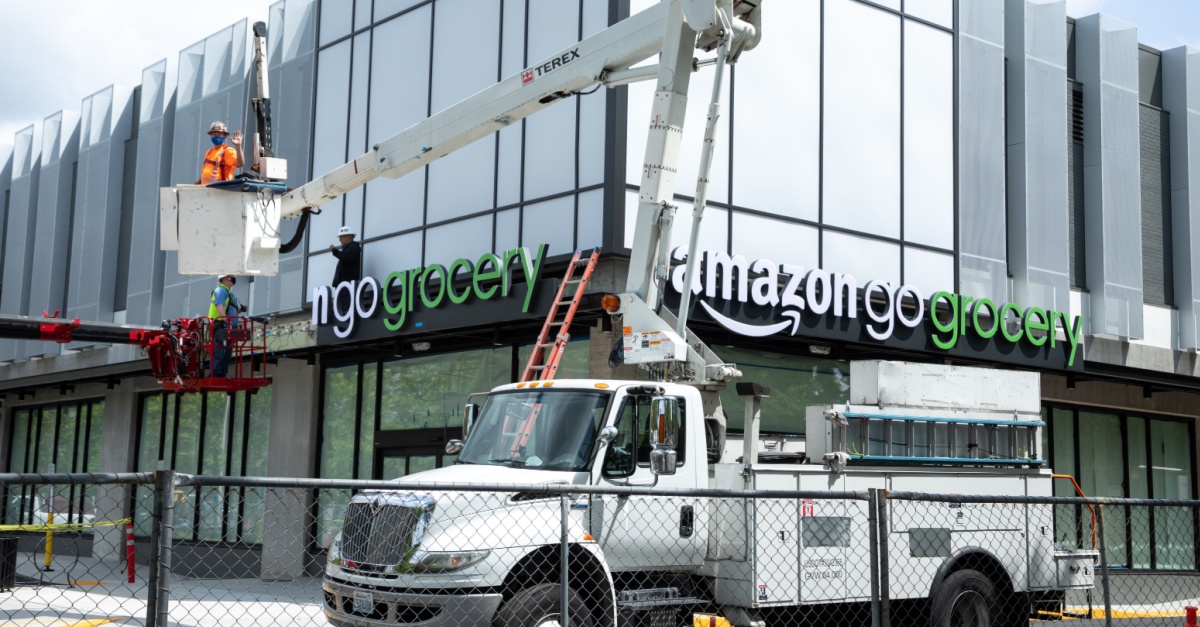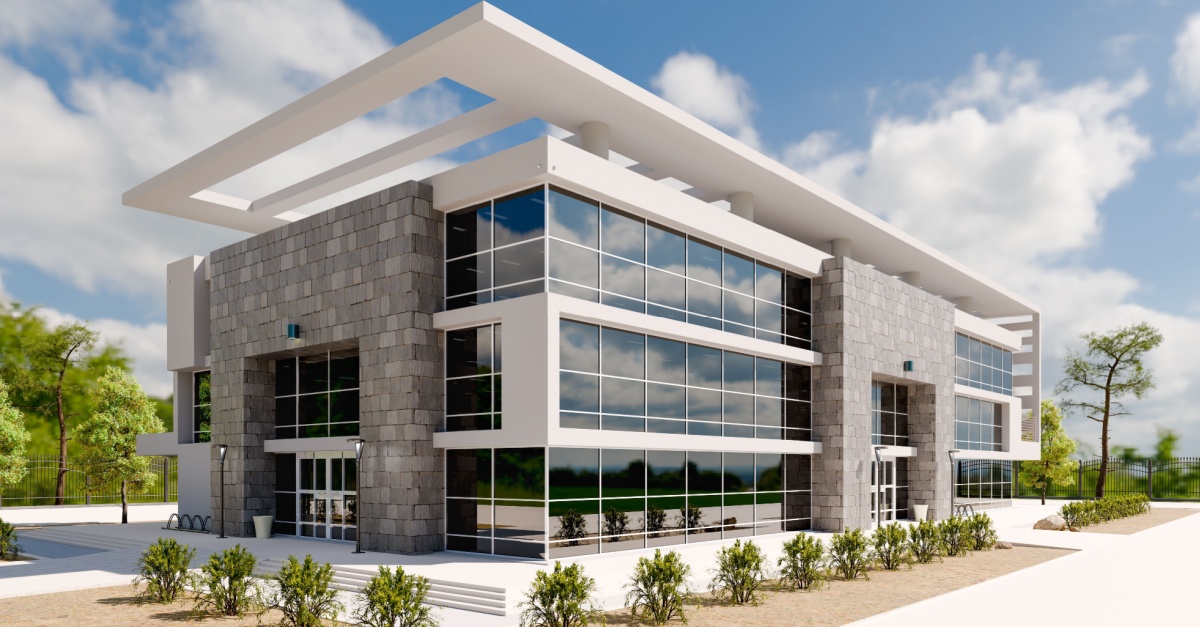
Why Your Next Refresh Project Needs a Strategic Partner — Not Just a Vendor
June 20, 2025
You’ve got a “quick refresh” that was supposed to take eight weeks. But suddenly, before you realize it, it’s week 12.
The flooring guy blames the electrician, the electrician blames the painter, and the painter swears nobody told him about the new ceiling tile requirements. Your phone won’t stop ringing, your budget looks like a disaster, and your boss just asked if you can “speed things up” because corporate wants to announce the reopening.
If that felt a little too real, welcome to the world of death by a thousand vendors. The crazy part? You probably did everything “right” too. Got multiple bids, picked the best price, stayed on top of the timeline. So why does it always turn into this nightmare?
Here’s what we’ve figured out: Multisite refresh programs don’t fail from bad design — they fail from fragmented teams that multiply handoffs, dilute accountability, and erode brand standards. Every vendor transition becomes a risk multiplier. Your timeline stretches, your budget explodes, and your brand standards get compromised when nobody owns the whole outcome.
But a strategic partner? A one-stop shop? That can be the difference maker for your next refresh, and we’ll show you why.
The Hidden Costs of Disconnected Vendors
The math backs up what your stress levels already know. Managing multiple disconnected vendors costs an average 28% budget overrun before anyone even picks up a hammer. Miscommunication between trades burns 5-9% of your total rework spending, with nearly half those screwups happening where one vendor’s work meets another’s. Sixty-one percent of owners watch their “standard” projects slip behind schedule, and fragmentation tops the list of reasons why. Meanwhile, you’re burning hours that should go toward strategic facility planning, chasing down invoices, hunting for project updates, and playing judge when everyone starts pointing fingers. Your vendors get paid either way — you’re the one left holding the bag when corporate asks why the simple refresh turned into a budget-busting marathon.
How Fragmentation Undermines Brand Consistency
Here’s where it gets even more painful — your brand takes the hit too. Each contractor interprets your specs through their own lens, turning your carefully crafted brand standards into a game of telephone that ends badly. Location A gets the right shade of blue, location B gets “close enough,” and location C looks like it belongs to a different company entirely. Sixty-eight percent of your customers notice these disconnected experiences and rate them lower than competitors that look like they have their act together. You spend 23% more time fixing mismatched branding elements across vendors, while project timelines stretch 18% longer because nobody can agree on what “brand-compliant” actually means. Meanwhile, companies with a consistent brand presentation see revenue jump 20% or higher because customers expect seamless experiences across every location. Your fragmented vendor approach doesn’t just cost money — it costs customers.
Why a One-Stop Strategic Partner Wins on Speed and Budget
The good news is that smart money is moving toward integrated partners who deliver. Design-build models finish projects 36% faster and with 3.8% less cost growth than the old design-bid-build circus you’ve been managing. When one team owns the whole project from concept to keys, decision cycles compress from weeks to minutes, and change orders drop because everyone’s working from the same playbook.
The industry knows it too — integrated delivery could capture nearly half of all nonresidential construction spend by 2028. You get one contract, one point of accountability, and one phone number when things need fixing. No more playing referee between the architect who says it can’t be built and the contractor who says it wasn’t designed right. When your CEO asks why the timeline slipped, you get a straight answer from someone who cares deeply about keeping you both happy.
Building a Scalable Refresh Program: Your Strategic Partner Checklist
You’ve probably got a laundry list of stakeholders breathing down your neck about rolling out refreshes across 20, 50, maybe 100 locations. The last thing you need is to manage that nightmare one project at a time. But the right strategic partner changes everything — you just need to know what to look for and how to structure the relationship for long-term success.
- Establish Brand Standards Your Strategic Partner Will Own: Hand over your color codes, fixture packages, and signage templates to one team that’ll guard them like the crown jewels. Your strategic partner should know your brand standards better than your own marketing team and enforce them across every location.
- Choose a Strategic Partner with National Reach and Self-Performing Teams: Regional contractors subcontract your Phoenix store to their buddy’s crew. A true strategic partner has its own people in every market, maintaining quality control and accountability from coast to coast.
- Require Your Strategic Partner to Provide Real-Time Visibility: Your strategic partner should give you live dashboards showing budget burn, schedule status, and quality metrics across all active projects. No more waiting for weekly emails that tell you problems three weeks too late.
- Structure Progressive Design-Build Agreements with Your Strategic Partner: Lock in scope and guaranteed pricing with your strategic partner upfront, then scale across multiple locations. Each new site should get faster and cheaper as your strategic partner learns your program inside and out.
- Hold Your Strategic Partner Accountable for Business Outcomes: Your strategic partner should care about first-pass quality scores, cycle times, and brand consistency — not just hitting substantial completion. When their success depends on your success, everyone wins.
Stop Managing Vendors, Start Building Strategic Partnerships
We both know how this story ends if you keep doing what you’ve always done. You’ll manage another parade of vendors, put out the same fires, and explain the same delays to the same frustrated executives. Your stores will look “close enough” to your brand standards, your budgets will creep up, and you’ll spend another year being a project referee instead of a strategic facilities leader.
Or you could try something different.
BrandPoint Services exists because we got tired of watching facilities directors get beaten up by a broken system. We built and scaled our company to handle everything under one roof with our own crews who care about your success — i.e., no subcontractor shuffle, no finger-pointing, and no “that’s not my scope” conversations when something needs fixing. All you have to do is focus on getting your locations open on time and on brand instead of juggling between 12 different companies. When corporate asks for an update, you get one. When something goes sideways, we fix it without a billing conversation. With turnkey rollouts, national crews, 24/7 project visibility, and strict brand-standard playbooks, we deliver every site on time, on budget, and on brand.
Ready to stop managing chaos and start building something with a strategic partner? Connect with BrandPoint Services today.





